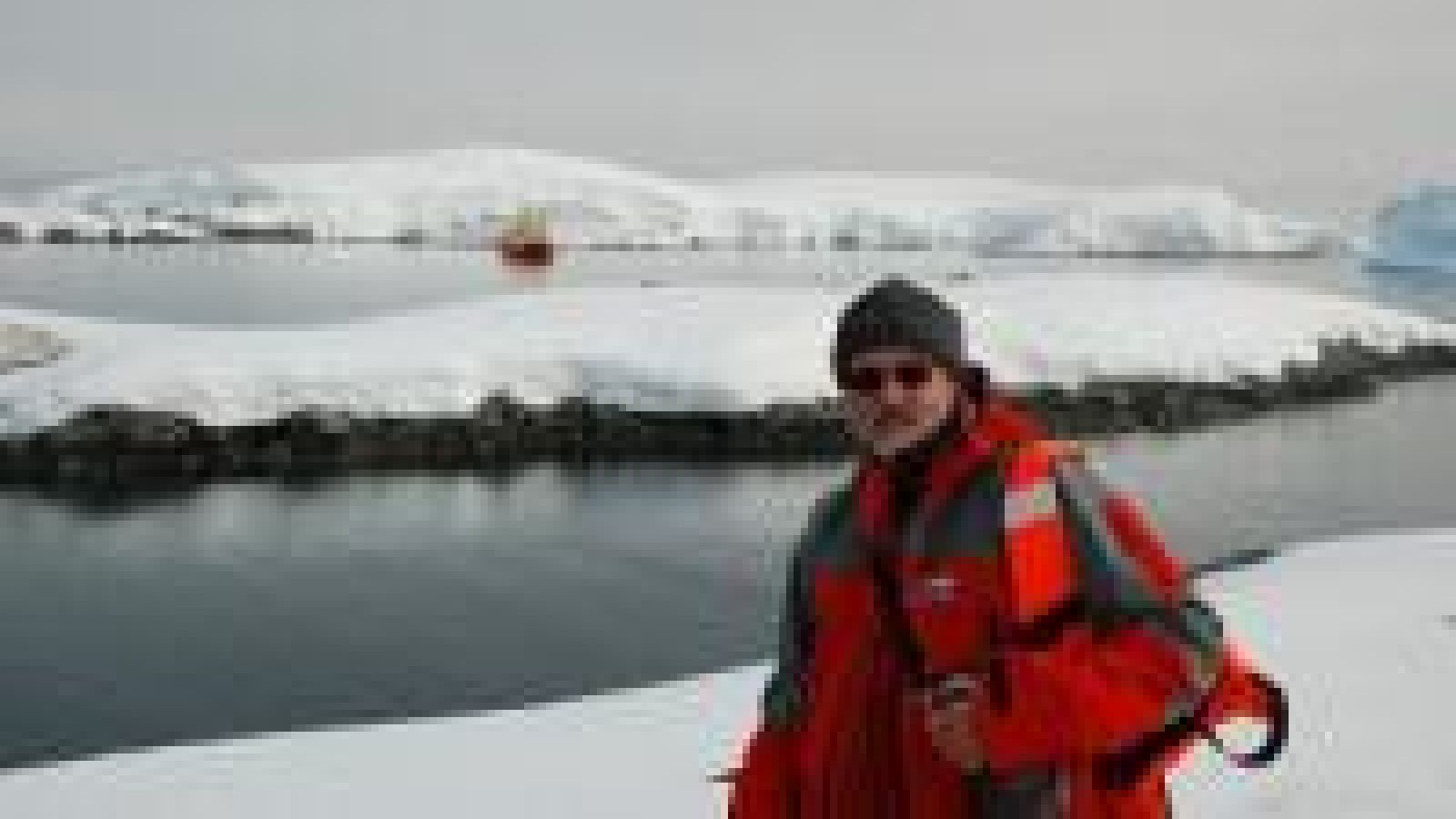Accomplishing missions

Surrounded by ice, the air temperature outside is minus 5 degrees Celsius. That’s in summer, and the rain and snow rarely gives in. 
Swapping summer sunshine for snow has resulted in some remarkable discoveries for Dr Mike Pearson.
For 10 years Dr Pearson, Chairman of the Institute for Professional Practice in Heritage and the Arts, has been part of a team uncovering documentary and archaeological evidence of the first human activities in Antarctica, which occurred from 1819 to about 1827.
It was those kinds of discoveries, expeditions and dedication to historical research that led to an accolade Dr Pearson received last week. It is an honour only two Australians each year receive – a fellowship to the Federation of Australian Historical Societies.
The fellowship tops off a year of honours for Dr Pearson, who earlier this year was made an Office of the Order of Australia.
“Both came out of the blue, and were a bit of a surprise for someone who has worked quietly and low-key for so long,” Dr Pearson said.
Dr Pearson’s icy expeditions to the South Shetland Islands, offshore from the Antarctic Peninsula south of Cape Horn, have been part of research led by the Natural History Museum of Chile.
“In this period at least 144 ships from Britain, the USA and at least two from Australia visited the islands, putting ashore crews in small boats to catch and skin fur seals,” Dr Pearson said.
So far the team has uncovered 50 camp sites on the islands.
“The location and excavation of a number of sites, including a cave site occupied in the early 1820s and not disturbed since, gives us a picture of the harsh life of sealers in this period, living on casked meat, seal and penguin flesh, using seal blubber as fuel and surviving in the simple clothing of the merchant seaman,” Dr Pearson said.
The research has also helped piece together some of the Pacific and Southern Ocean fur seal skin trade in the late 18th and early 19th centuries, where many of the furs were sold in China or London for trimmings of high-end clothing.
“Between 300,000 and 900,000 Antarctic fur seals were killed in the South Shetlands in about seven years, from 1819-1827. Sealing was soon abandoned because there was not a sufficient population left to make it profitable,” Dr Pearson said.
“Another 40,000 were killed through the rest of the 19th century as populations began to recover. The population has still not recovered to pre-sealing numbers.”
In addition to his Antarctic field work, Dr Pearson has spent the past four years working with three British researchers to identify and develop nominations for 11 industrial sites in Japan to be UNESCO World Heritage listed.
“Heritage in Japan has been dominated by traditional sites such as timber shrines and castles, gardens and landscapes, so the idea of modern industrial sites as heritage is a newly evolving concept there,” Dr Pearson said.
Image caption: Dr Mike Pearson in the South Shetland Islands.